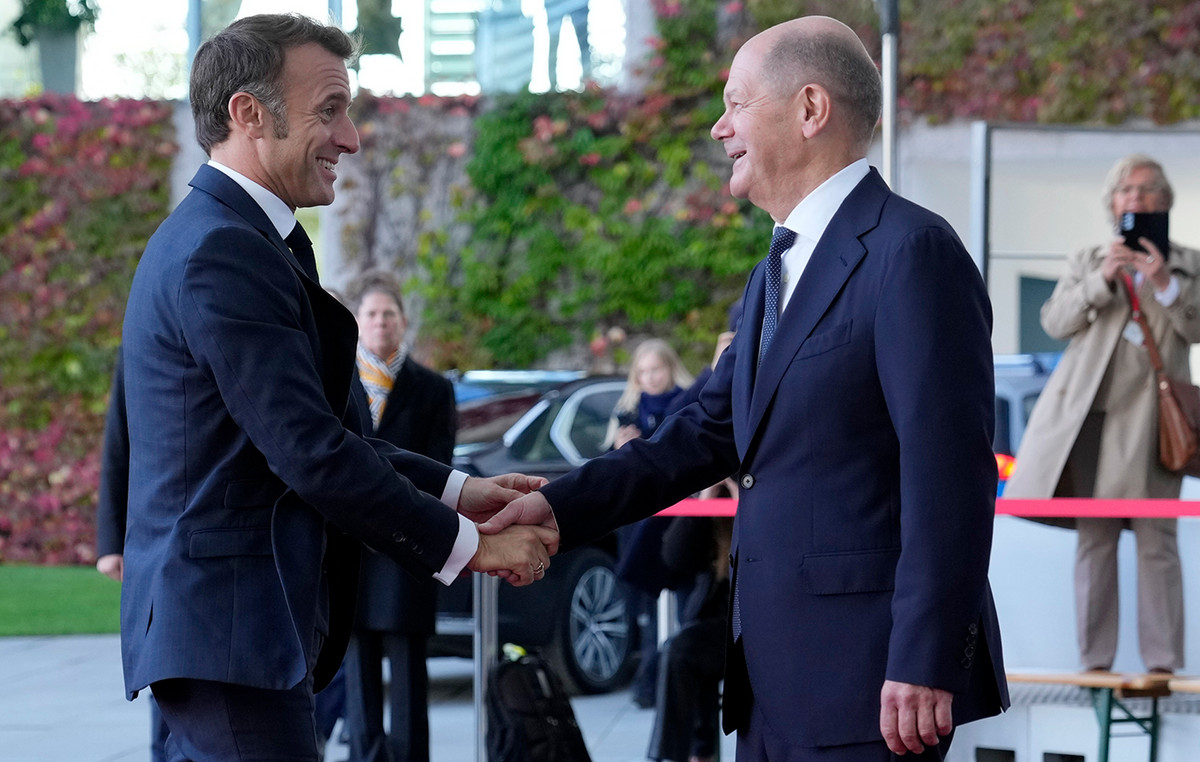Some people travel the world in search of adventure, while others look for natural wonders, cultural landmarks or culinary experiences. But French photographer François Prost was looking for something completely different during his recent trip across the US: strip clubs.
From Miami to Los Angeles, Prost’s latest book, “Gentlemen’s Club,” traces his route across the United States through nearly 150 strip clubs with names like Pleasures, Temptations and Cookies N’ Cream.
There isn’t a single nude woman to be seen, as Prost’s camera was focused exclusively on the buildings themselves – and specifically their often colorful facades.
Over the course of five weeks in 2019, he covered more than 6,000 miles capturing everything from the pastel hues of Florida’s Club Pink Pussycat to locations hidden in plain sight in all of the country’s most religious states.
“I would divide these venues into two types: one is very integrated into the public scene and the other is a bit more hidden and dubious,” Prost told the CNN .

The first type, he added, can be found in “very American” environments, such as “around amusement parks, fast food outlets and malls”. The latter locations, however, sometimes looked indistinguishable from any store in a strip mall.
Prost said he found many such establishments along the Bible Belt, a socially conservative region in the south of the country. He was especially interested in exploring the area because of the apparent contrast between the prevalence of strip clubs and what he describes in his book as “conservatism and extreme puritanism”.
Prost insisted that he had little interest in the interiors or services of the strip clubs, which he often visited during the day. Instead, he hoped to learn more about American culture by creating objective, documentary-style photographs of establishments situated at the intersection of sex, gender, and commerce.
Documenting changing attitudes towards sex through the lens of architecture, he added that the series was primarily a landscape photography project.
“The prism of this theme of strip club facades became a way of studying and trying to understand the country,” he wrote in “Gentlemen’s Club”, whose photographs will be featured in an exhibition in Tokyo in March.
“’Clube de Gentlemen’ is an objective overview of dominant opinions and gender and the sexualization of the female image”, he explained.
‘A little weird’
The genesis of Prost’s design dates back to his 2018 series, “After Party,” which focused on the extravagant facades of French nightclubs.
He said that people often commented that the exteriors of the buildings looked like they were ripped straight from American cities, which sparked the idea that he should visit the United States and extend the project.
As he meticulously planned his trip, he was impressed not only by the sheer volume of strip clubs in America, but also by the fact that – unlike in Europe – they often demanded to be seen.
Hot pink walls, giant nude figures, and even striped candy cases made no secret of the type of entertainment on offer inside.
“A good example would be Las Vegas, where strip clubs are everywhere and their signs are as flashy as a fast food or casino sign,” Prost said.
Miami clubs used to be painted in vivid hues, Wes Anderson style. Other photos show brightly overgrown sites contrasting with their sparse desert surroundings.

If establishments were open during the day, Prost would enter and ask permission to take pictures to “explain what my intentions were”, he said. Interiors rarely lived up to the tempting promises plastered on the signs outside, but the photographer met a range of characters during his five-week trip, from aloof security guards to enthusiastic project managers.
“Most of the time, people were fine – 99% of them would say yes to a front photo,” he said, adding that they normally wouldn’t mind his presence as long as he didn’t take pictures of clients or dancers.
“Some would think it was a little weird, some would be really excited about it and give me their business card to send me the picture when it’s ready,” he said.
Prost said his biggest surprise, however, was how “normalized” strip clubs were. As he reflects in his book, “The relationship that Americans seem to have with strip clubs is quite different from what you see in Europe. Going to a strip club seems to be much more normalized… You go as a couple, or with friends at night to have fun.”
He was impressed, for example, that so many Las Vegas strip clubs double as restaurants — many offering happy hours, buffets and special discounts for truck drivers or construction workers.
“I noticed some strip clubs that advertised themselves as both a strip club and a steakhouse, so you could eat a big piece of meat (while) watching strippers. That’s also something that feels very American to me,” he said, adding, “I’ve heard from some people I’ve met in Portland that there are even strip clubs (which offer) vegan food.”
objects of desire
The storefronts are littered with jokes like “My sex life is like the Sahara, 2 palm trees, no dates” and pun-based names like Booby Trap and Bottoms Up.
Prost’s documentary approach heightens the surreal comedy of signs. But it also functions as a neutral lens through which viewers can make up their minds about the objectification of women.

Enhancing the faceless dancing bodies of female silhouettes, “Clube dos Cavalheiros” explores the commodification of women who are, in reality, completely absent from Prost’s works (a remark reflected in the book’s title, which is a phrase that appears numerous times in Prost’s works). plaques along your photographs).
The strip clubs he visited marketed women as things to be consumed, from the many food-themed names to an advertisement that read, “Thousands of pretty girls and three ugly ones.”
For his next project, Prost plans to visit Japan to document the country’s romantic hotels, which play a similar role to strip clubs in some parts of the United States: open secrets in a conservative society.
But the photographer believes the American establishments he visited say something unique about the country – something that has less to do with sexuality and more to do with the American dream.
What his project showed him is, he said, this: “As long as you’re successful in business terms, it doesn’t matter if your activity involves sex.”
“Gentlemen’s Club” will appear in Agnes b. Galerie Boutique in Tokyo, Japan, between March 17 and April 15, 2023. The book, published by Fisheye Editions, is available now.
Source: CNN Brasil
I’m Robert Neff, a professional writer and editor. I specialize in the entertainment section, providing up-to-date coverage on the latest developments in film, television and music. My work has been featured on World Stock Market and other prominent publications.







